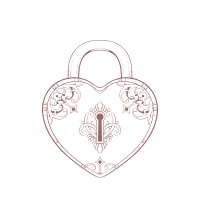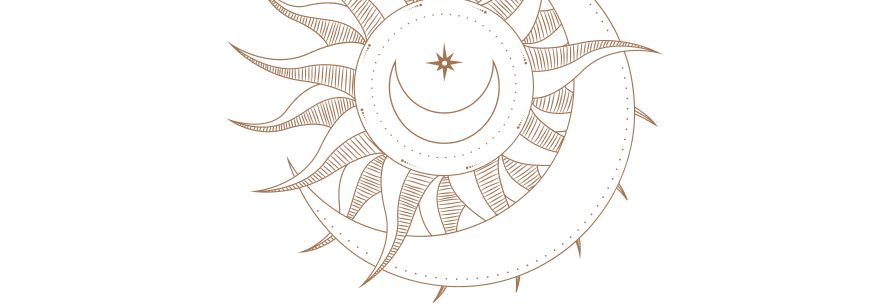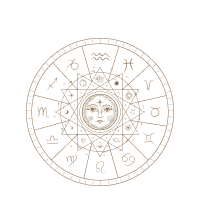
Biorhythms Today: Your Guide to Personal Cycles
Discover the significance of biorhythms in today's world and how tracking them can enhance your daily life and wellbeing.
article by Adrian Wallace
Biorhythms: An Introduction
Imagine if we could predict our days with a bit more certainty, foreseeing periods of high energy, emotional sensitivity, or increased mental acuity. This is the promise of biorhythms, a field of study that suggests our lives are influenced by biological cycles. Originating in the 19th century and popularized in the 1970s, today's biorhythms take on a modern twist. Incorporating technology and apps, individuals are now more equipped than ever to track their personal rhythms and apply this knowledge to optimize their daily routines.

The Three Primary Cycles
Biorhythm theory is primarily concerned with three cycles: physical, emotional, and intellectual. The physical cycle, lasting 23 days, influences our strength, endurance, and health. The emotional cycle, which spans 28 days, affects mood and creativity. Lastly, the intellectual cycle, cycling every 33 days, pertains to cognitive functions and decision-making. Each cycle is thought to oscillate between high, low, and critical phases, offering a roadmap to our predispositions on any given day.

Modern-Day Biorhythm Tracking
Advancements in wearable technology and smartphone apps have made biorhythm tracking more accessible. In 2024, an increasing number of people are turning to sophisticated algorithms that can measure and analyze personal biorhythms. These digital tools often provide users with daily reports and predictions, allowing for a proactive approach to health and wellness that harmonizes with the body's innate rhythms.

Customized Lifestyle Adjustments
Understanding biorhythms can lead to better life management, prompting individuals to schedule important activities, such as business meetings or workouts, during peak phases. Conversely, during predicted low phases, one might avoid strenuous tasks in favor of rest or meditation. Enthusiasts argue that such synchronization with biorhythmic patterns can not only boost productivity but also enhance overall emotional and mental health.

The Skeptical Perspective
Despite its popularity, biorhythm theory isn’t without its critics. Many scientists regard it as pseudoscience, citing a lack of empirical evidence to support the existence of set, predictable cycles in human life. However, proponents counter that even if the theory isn’t empirically validated, the act of daily reflection on one's physical, emotional, and intellectual states has intrinsic value.
Biorhythms and Holistic Health
In the context of holistic health, biorhythms find their place among other self-awareness practices. Enthusiasts often combine biorhythm tracking with meditation, yoga, and other mindfulness practices to enhance self-understanding and balance. For many, it's a personal journey toward achieving synchronization with natural life patterns and developing greater attunement to their bodies.
Future of Biorhythm Research
Looking forward, we can anticipate further integration of biorhythm tracking with emerging health technologies. Potential developments may include AI-driven personalized health recommendations and more nuanced data analysis. As we become more interconnected with our digital devices, the potential of real-time biorhythmic feedback is an exciting frontier for those vested in personal growth and preventive health care.
Published: 12/28/2023
Modified: 12/28/2023
More predictions
Come back here soon to learn more about yourself and your future


Navigating Biorhythm Cycles
Explore the concept of biorhythms, their cycles, and examples of how they influence our daily lives.


Exploring Human Biorhythmic Cycles
Explore the fascinating concept of biorhythms and their influence on physical, emotional, and intellectual faculties in humans.


The Reality Of Biorhythm Compatibility
Unravel the truth behind biorhythm compatibility and its role in personal relationships and daily life.